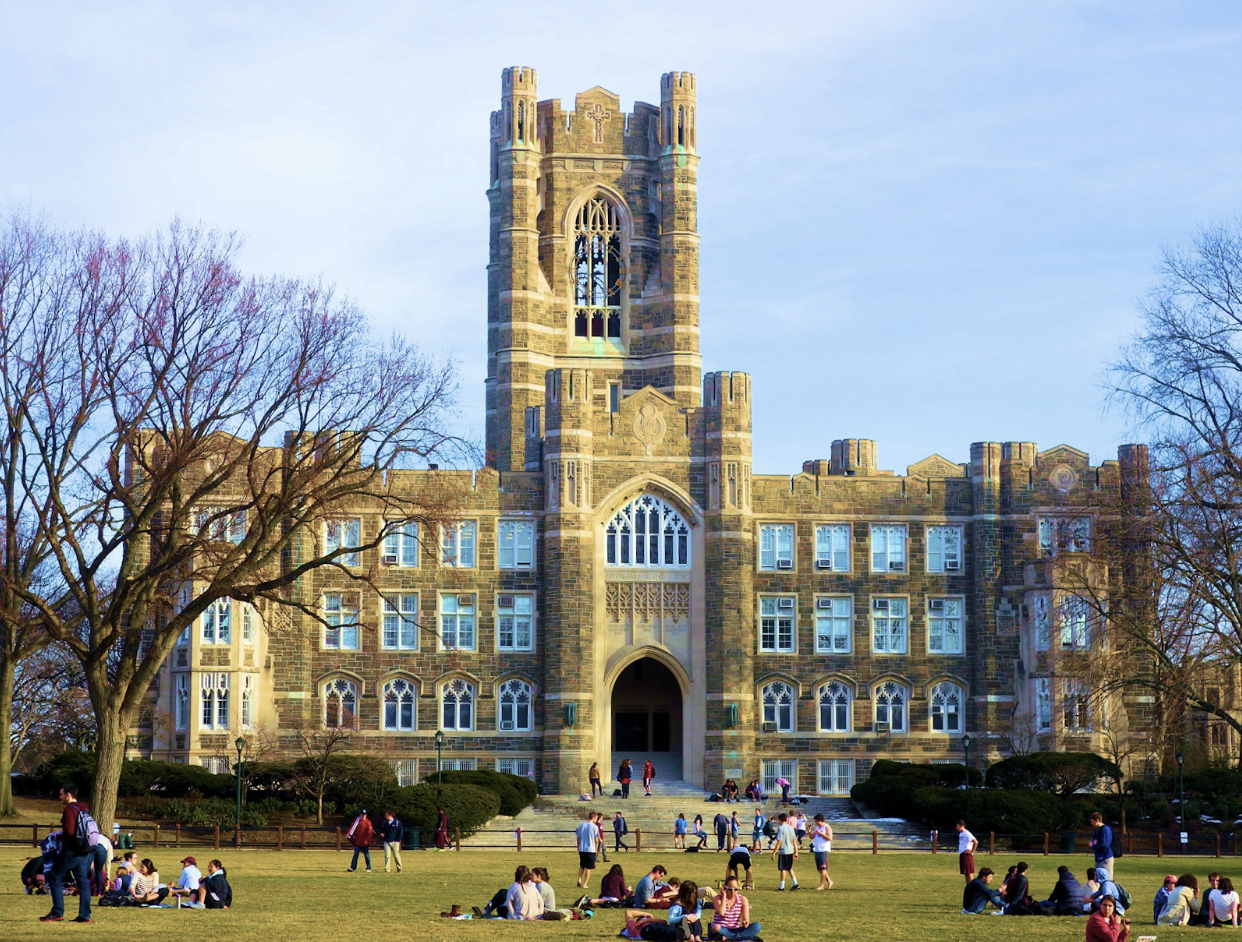Photo via Wikimedia/Raymond Bucko SJ
***
The Americans with Disabilities Amendments Act (ADA) was passed in 2008, and it mandates that students with disabilities receive equal treatment as those without. However, questions about Fordham’s true accessibility have been called into question over time.
The ADA is an in-depth law mandating equal treatment for all. The law was initially passed in 1990 and amended in 2008. The amendments fixed many gaps in the original draft of the document. To start, it narrowed down a broad definition of “disability,” inspired by the court readings of Sutton and Toyota. When amended, the law also included “daily life activities” to incorporate reading and concentrating, plus major bodily functions such as the immune, endocrine, and digestive systems. There were many other amendments made as well, but, overall, they elaborated on the specificity of the law, which was originally passed to create an even playing field for citizens with disabilities.
In terms of Fordham’s ADA requirements, they are legally required to provide accommodations through the ADA amendments to any student who reports they identify as disabled with accompanying paperwork. Fordham established the Accessibility Committee in 2019. There are specific goals written on Fordham’s website, but not much news surrounding what they have actionably done to make Fordham more accessible. Some of the goals of the committee include: “Encourage an ‘accessibility first’ perspective on a university-wide level, including content and design from digital communication to physical construction,” and “Identify areas where improvement and changes are needed and provide resources and assistance to those with disabilities.”
It is important to distinguish the difference in campuses when discussing Fordham’s accessibility. The Lincoln Center campus has reportedly had more issues than the Rose Hill campus. Fordham’s Rose Hill campus houses Fordham University Emergency Medical Services (FUEMS), an emergency medical service, staffed by trained students who often aspire to work in the medical field.
Lincoln Center campus policy is much vaguer and does not have a service similar to FUEMS. The Emergency Procedures section of Fordham’s website only contains information about terrorist attacks and fire drills/alarms. Because the Lincoln Center campus lacks medical resources similar to FUEMS a student with a disability may need to be transported to a hospital to receive emergency care.
There are also concerns about the Lincoln Center’s campus structure. In 2022, a student was troubled with the often crowded elevators at the Lincoln Center campus, and how that may pose a problem for disabled students. Further, there are scarce accommodations provided by the LC Office of Disability Services. The university does not have a wheelchair service available for students to use when transporting back to a dorm or class after a medical event.
In sum, it is clear that there are mixed feelings about the accessibility and accommodation at the Fordham Lincoln Center campus. It is imperative that Fordham University takes the time to address the concerns of students with disabilities. Ensuring that disabled students feel supported and have the equipment and accommodation they need for their specific disability will make students feel much more at home. Fordham, in pursuit of the Jesuit spirit of cura personalis, should continue taking action to include every student, regardless of ability.
***
This article was edited by Alissa Mili and Sofia Alvarez.
